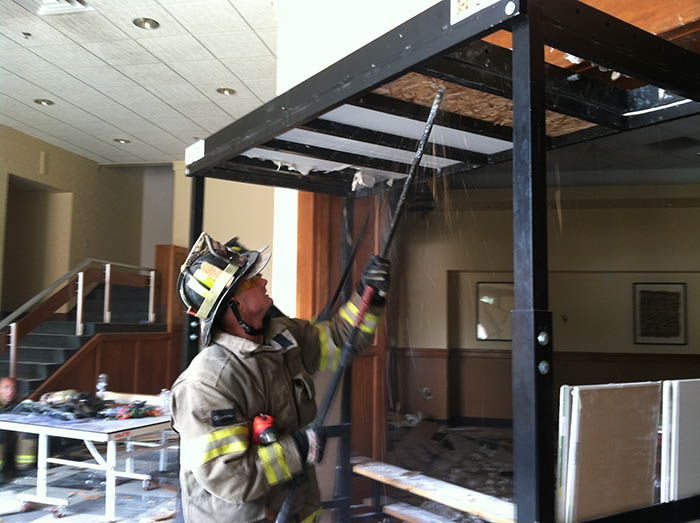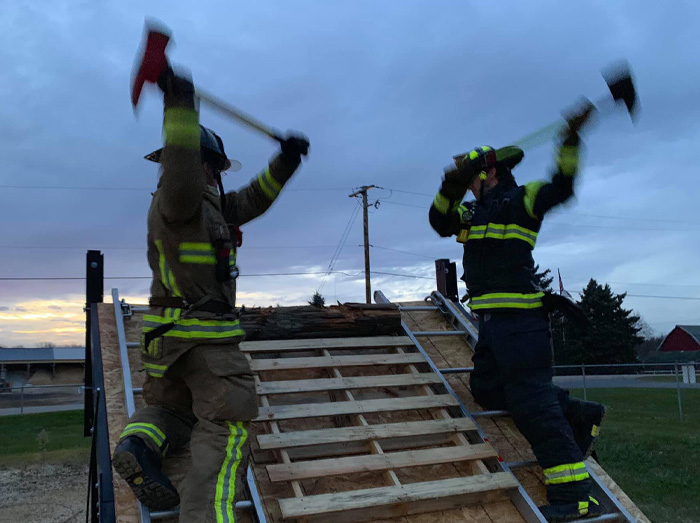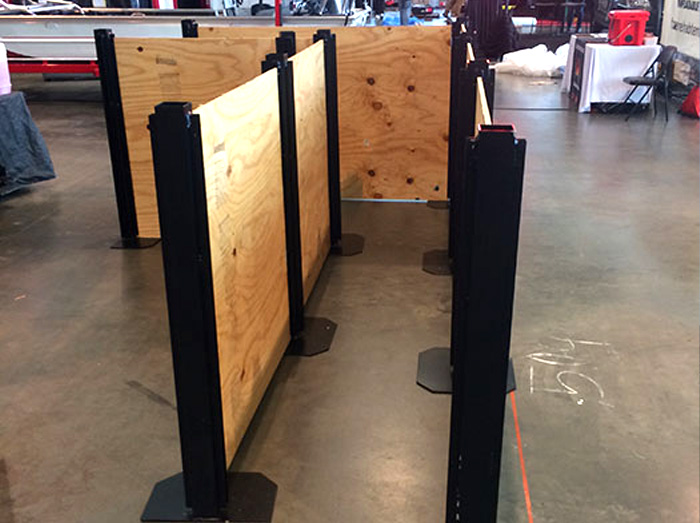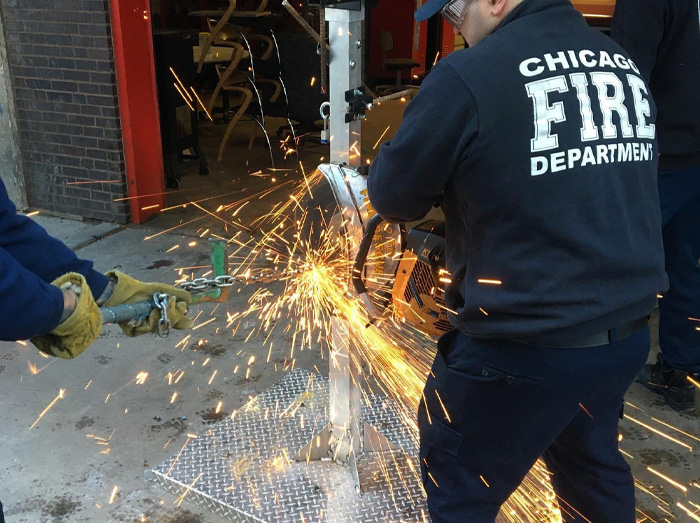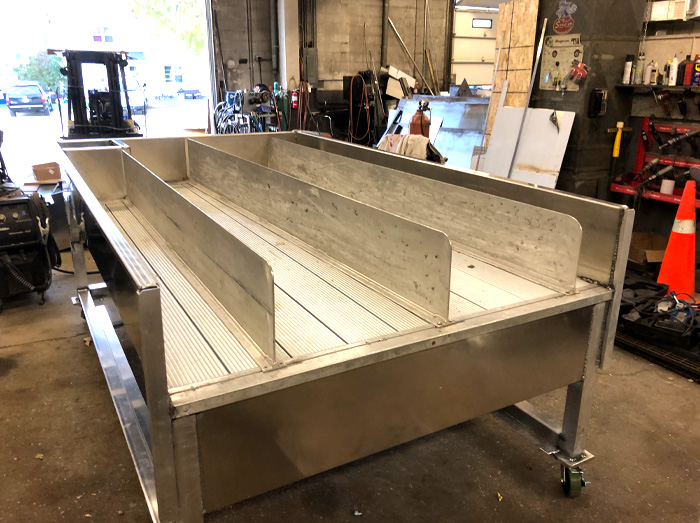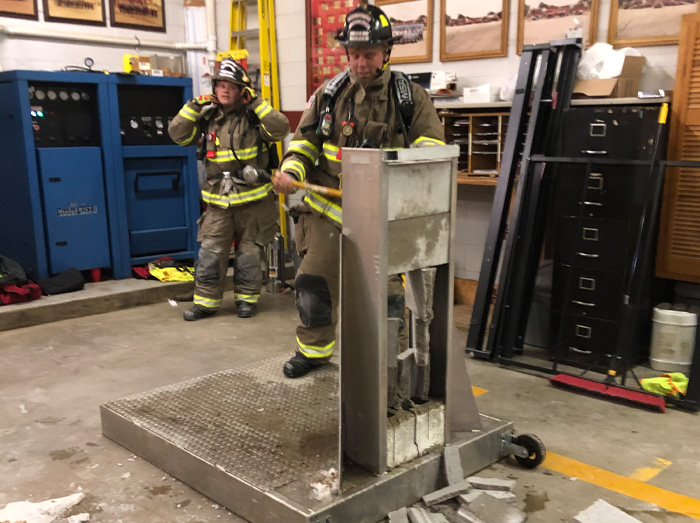 Do a quick internet search on vehicles vs. guardrails and your photo results will be endless. While guardrails are in place to protect vehicles/occupants from "dangerous" areas, many times they can add difficulty to an already challenging extrication. On occasion, guardrails will penetrate the occupant space and will need to be cut to facilitate patient removal. So the question is, what is the best way to cut guardrails?
Do a quick internet search on vehicles vs. guardrails and your photo results will be endless. While guardrails are in place to protect vehicles/occupants from "dangerous" areas, many times they can add difficulty to an already challenging extrication. On occasion, guardrails will penetrate the occupant space and will need to be cut to facilitate patient removal. So the question is, what is the best way to cut guardrails?

Before we discuss cutting, we must first look at the most common guardrail type: the W-Beam. This rail is made of high-strength 10-12 gauge galvanized steel with a zinc coating to prevent rust. One thing we know about cutting galvanized material is the creation of zinc chloride/metal fume fever when using tools that cause high heat (torches, K12's, etc.) If this cutting is necessary it is recommended that it is done in a well ventilated area with respiratory protection. However, the method of cutting a guardrail will depend on how the rail is inhibiting extrication. Is the rail blocking the door, impaled in the patient, impaling the patient to the vehicle, or any trapping them by any other scenario?

I have found one of the best ways to cut W Beam rails is with a good sawzall/blade. Cutting with a sawzall limits movement of the rail, puts off limited heat, and allows a precise cut. We have had success with an orbital sawzall and fire rescue demolition blades. It is common to go through multiple blades, so have plenty on hand. Hydraulic cutters can be used but are not recommended if impalement is involved due to the torqueing of the rail. If there is no impalement we commonly use the hydraulic cutters to make the first "big" cut and finish with a sawzall.
The accident scene is not the time to practice cutting guardrails. Get with your local road and bridge department and get some material to practice cutting. It will allow you to find the "best" cutting method for your crew.
ISAAC FRAZIER is a Special Operations Lieutenant with St. Johns County  Florida’s Heavy Rescue “Squad 4”. First due to the deadliest stretch of roadway in the nation, Frazier teaches from personal street experience providing tried and true tactics. Frazier is the owner of Tactical Advantage Training and creator of the course Tactical Extrication. Frazier travels nationally sharing his passion teaching fire and extrication courses. Frazier is a Fire Officer II, FL Paramedic, Special Operations Officer, Florida State Instructor, FLUSAR Tech, Diver, and FL Hazmat Tech. www.TrainTacticalAdvantage.com
Florida’s Heavy Rescue “Squad 4”. First due to the deadliest stretch of roadway in the nation, Frazier teaches from personal street experience providing tried and true tactics. Frazier is the owner of Tactical Advantage Training and creator of the course Tactical Extrication. Frazier travels nationally sharing his passion teaching fire and extrication courses. Frazier is a Fire Officer II, FL Paramedic, Special Operations Officer, Florida State Instructor, FLUSAR Tech, Diver, and FL Hazmat Tech. www.TrainTacticalAdvantage.com


